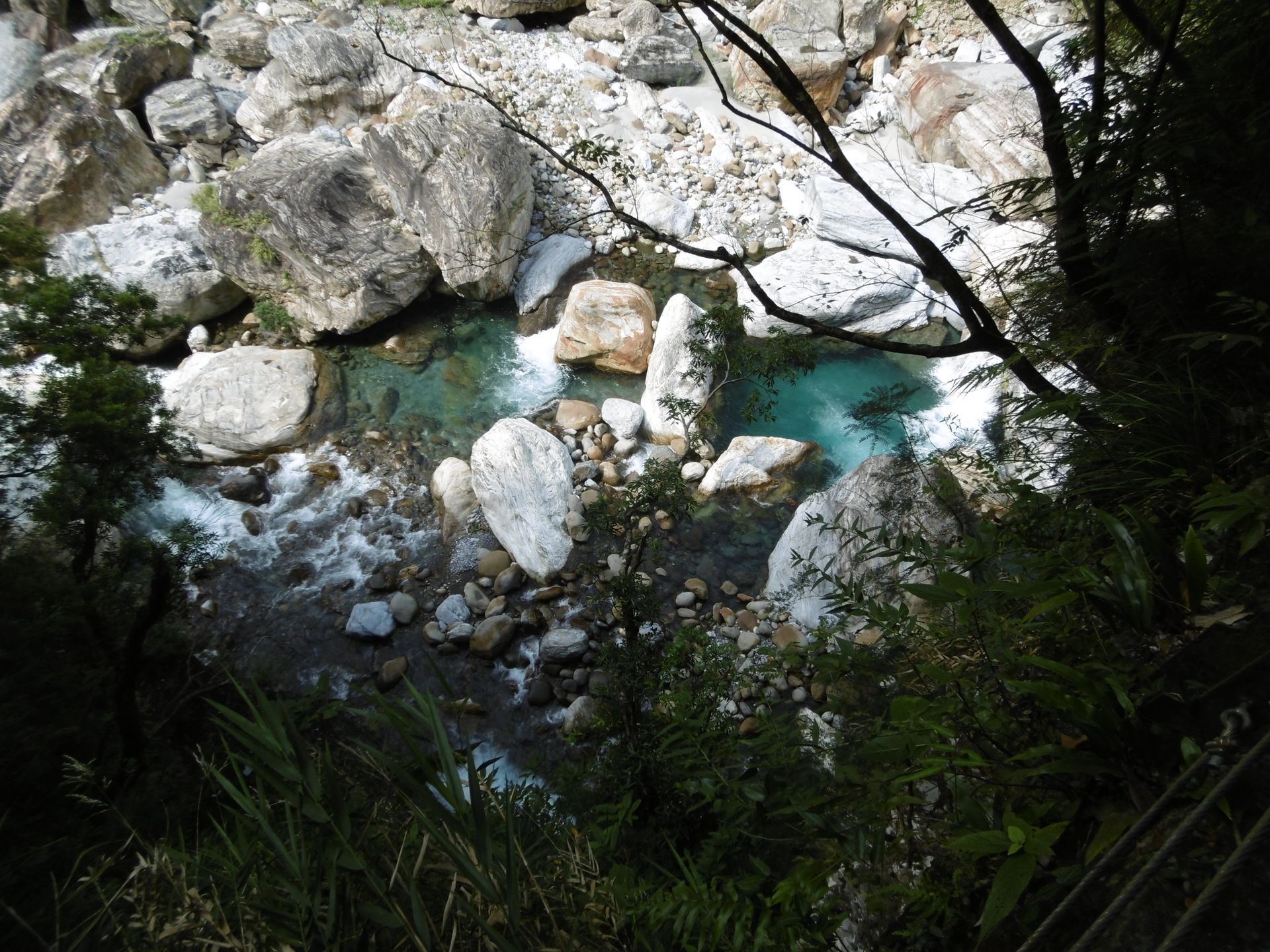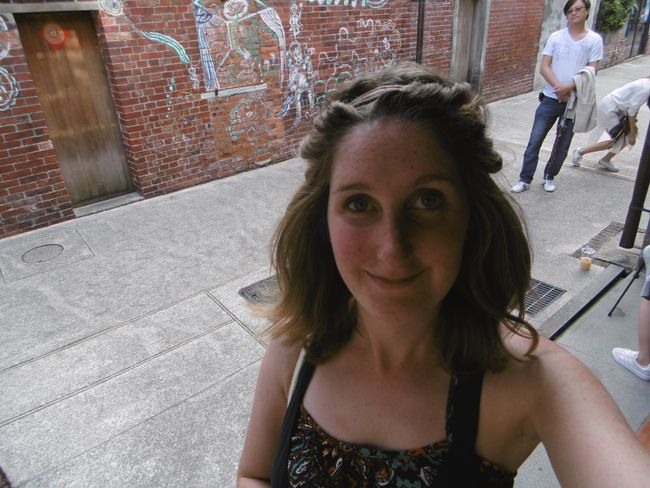Zanzibar Wildlife - On Land and in the Water
نشرت: 22.01.2019

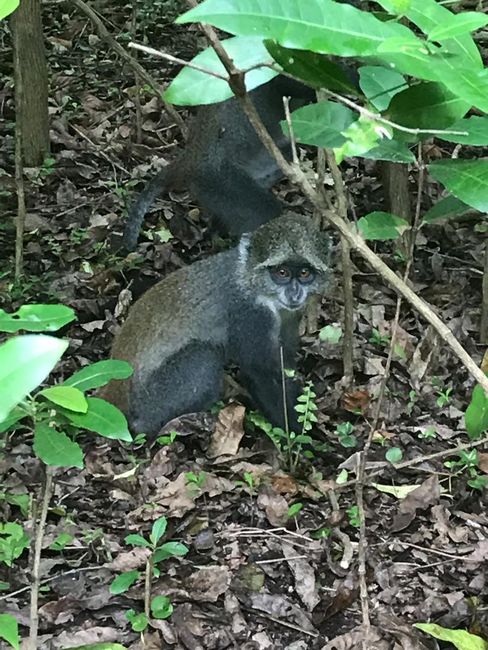
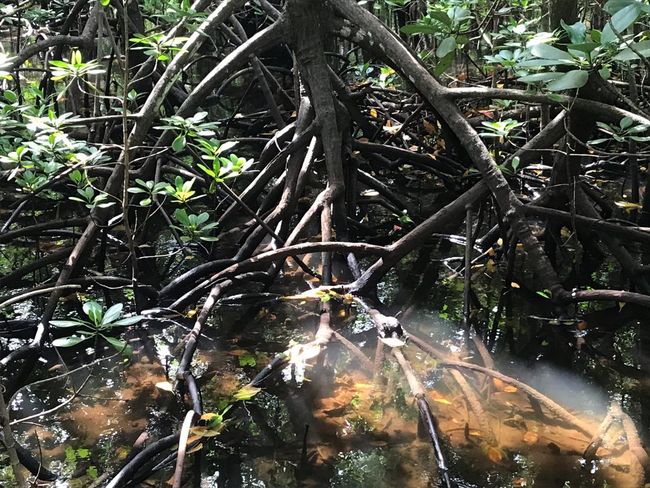
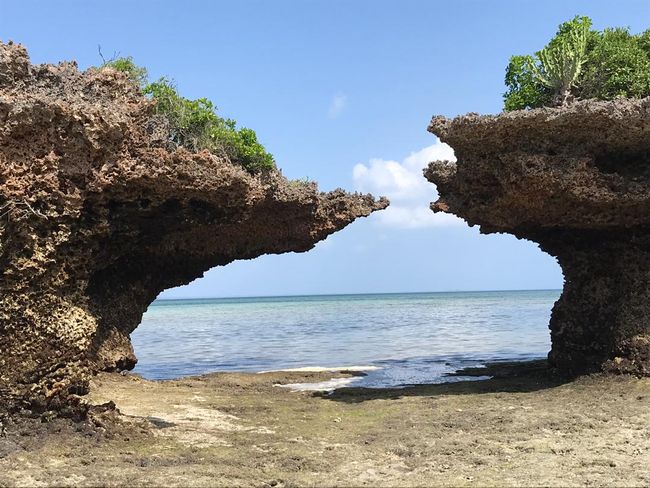
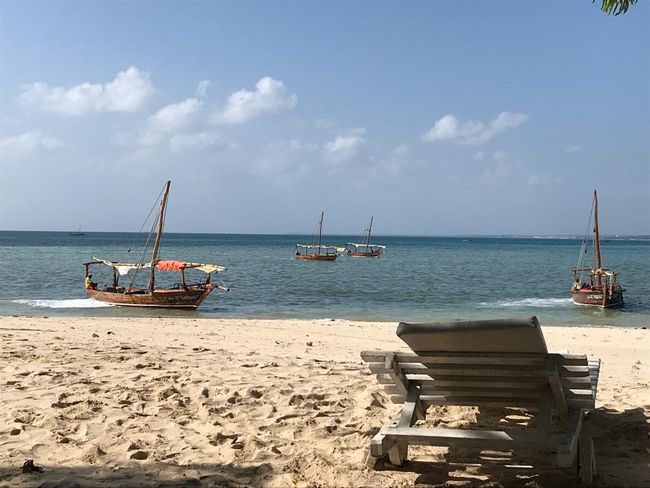
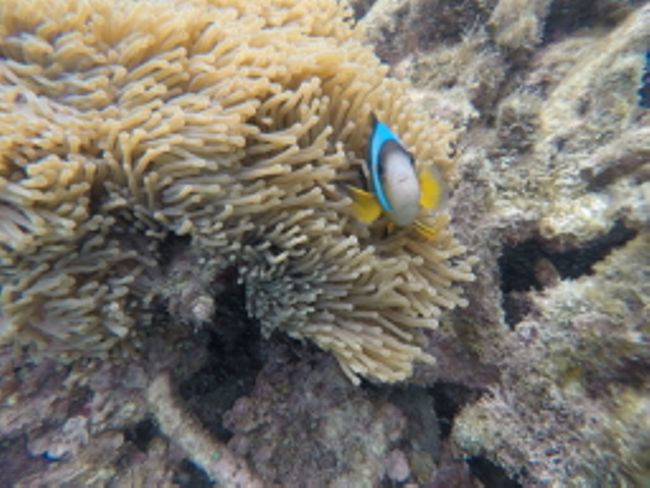
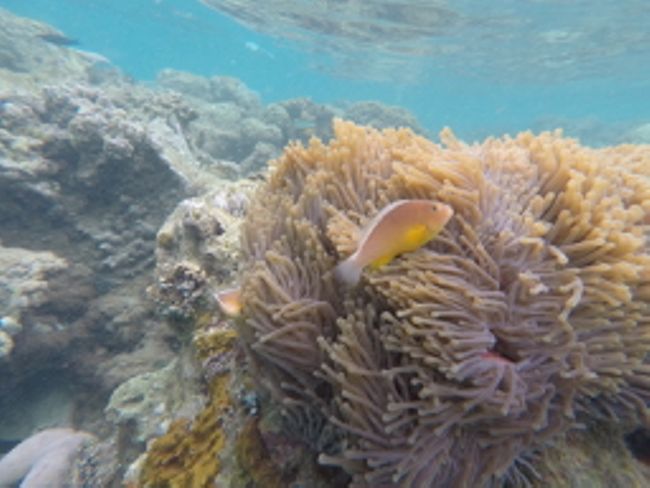
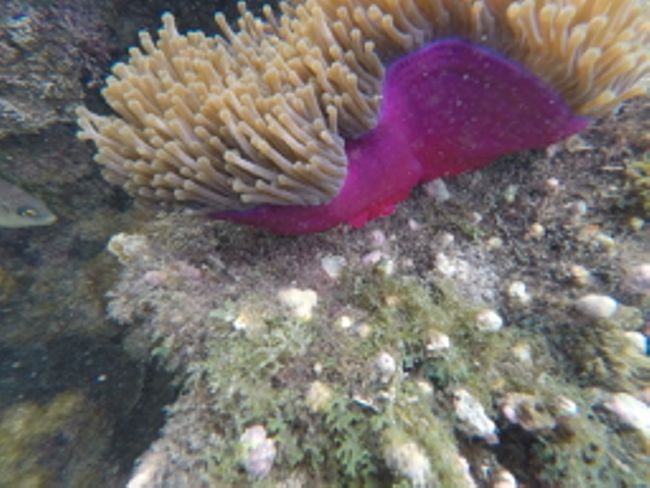
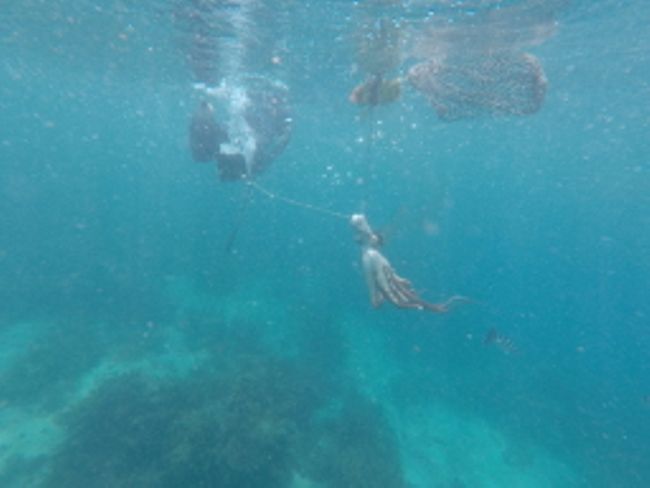
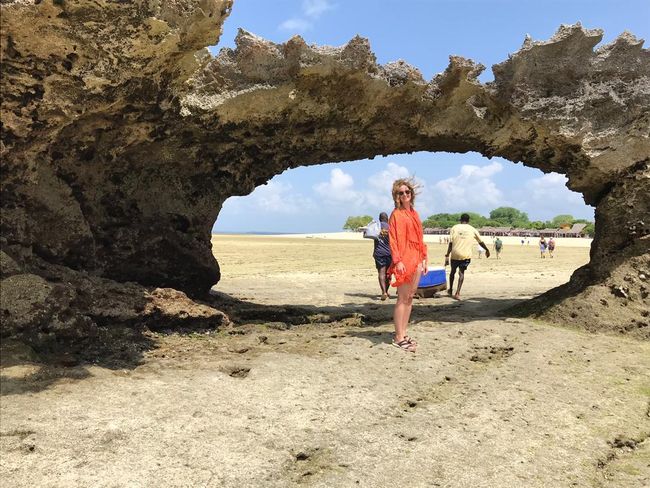
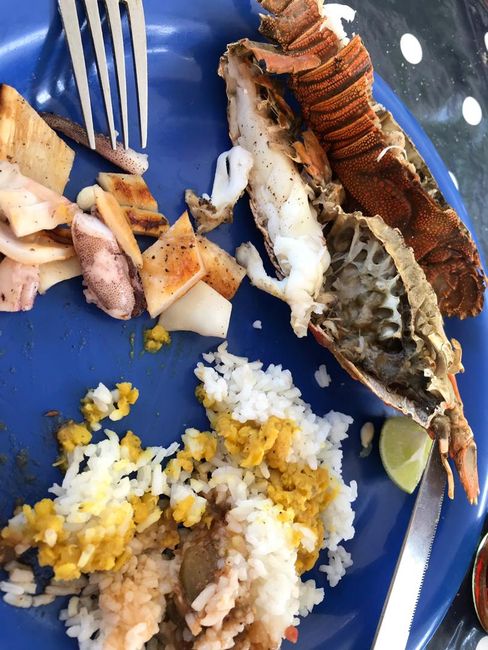
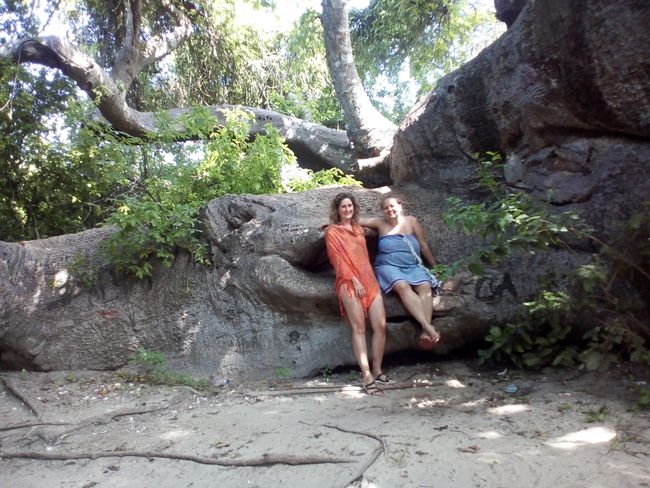
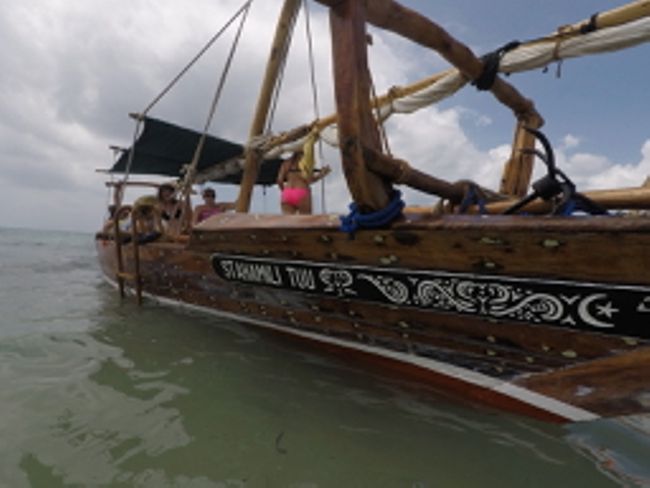
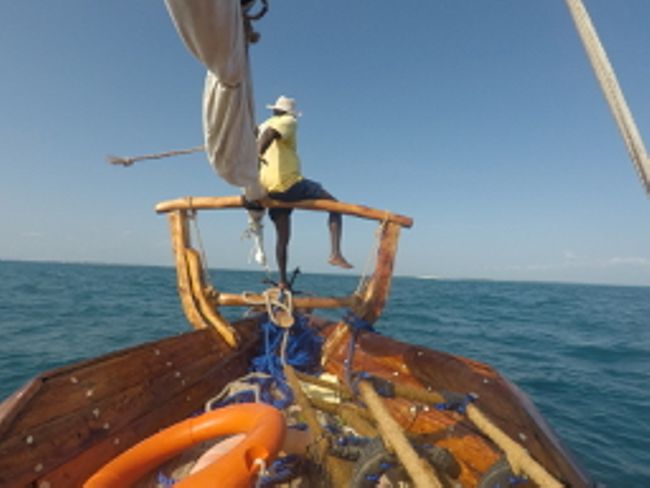
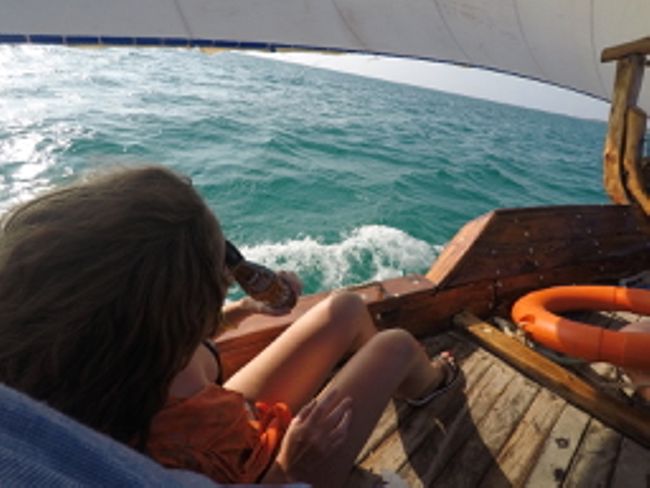
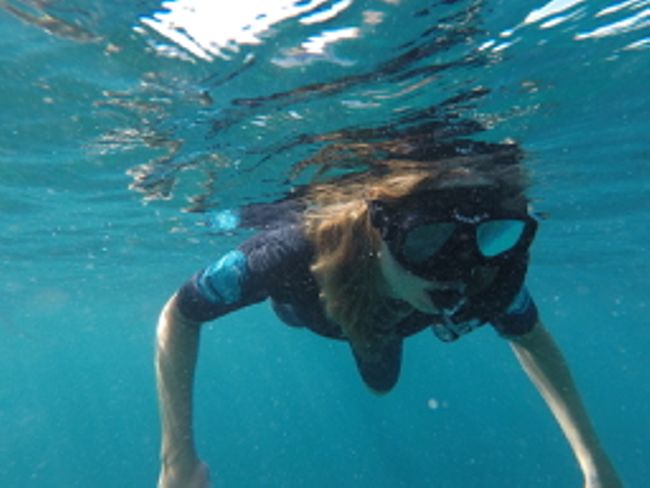
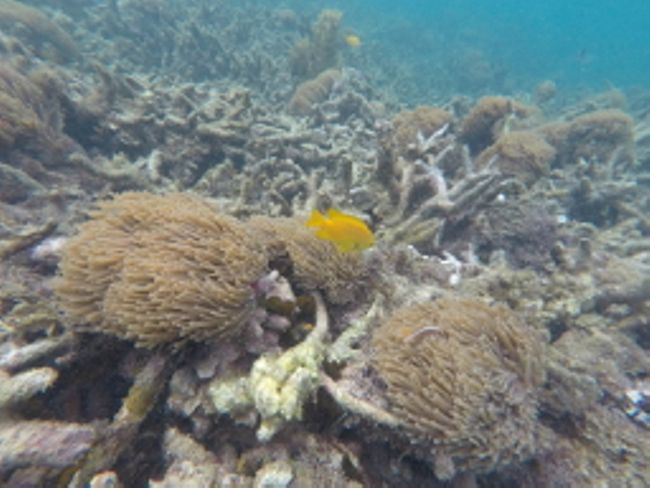
اشترك في النشرة الإخبارية
From Stone Town, we took two more trips: to Jozani Forest and to the southwest coast to participate in a Safari Blue boat trip with dolphin watching and snorkeling. After that, we went to the east coast, to Matemwe, where we went snorkeling again with a diving school. These trips gave us the opportunity to admire at least parts of Zanzibar's fascinating wildlife - on land and in the water.
Jozani Forest is a national park that houses a tropical forest. Besides some other, more elusive animals, it is inhabited by the Zanzibar Red Colobus, Sykes' monkeys, and bush babies. After a brief introduction to the park and its inhabitants by our guide (e.g. it is important never to look monkeys in the eye), we ventured into the thicket just behind the park entrance to search for the famous monkeys. After a short while, we found them and observed them for a while, some of them enjoying their breakfast of leaves and fruits undisturbed by our cameras.
Once our little group had taken enough photos and videos, we drove to the mangrove forest 2 km away. Compared to the mangroves I had seen in Thailand, these were smaller with smaller leaves. However, the forest was much denser. In the Jozani mangrove forest, we even discovered small red crabs hiding among the tree roots. After the tour, we had a short walk through the forest on our own and then made our way back to our accommodation in Stone Town.
The next day, we had the Safari Blue planned - a full-day boat trip to the west coast south of Zanzibar City. Maria had already taken the tour the previous year and was so excited about it that she wanted to do it again. At the meeting point on the beach, the large group of tourists was divided into smaller groups and assigned to a captain and his boat. We had the honor of riding with Captain Zimba, an old sea dog whom Maria had already travelled with the year before.
Unfortunately, the tide levels caused some complications throughout the entire excursion. It started with wading through shallow water for about 150 meters to reach our boat - water that was home to numerous sea urchins, which is why our captain strongly advised us to keep our shoes on, making the wading much more exhausting.
Once we set sail, the goal was to spot dolphins. Unfortunately, due to the low tide, they seemed to be further out and we couldn't see any. However, we saw plenty of coral and colorful fish during the two snorkeling sessions we had. Although snorkeling doesn't allow you to get as close as diving, it was still impressive to observe the underwater hustle and bustle.
Other highlights of the trip included a visit to a sandbank and a delicious seafood lunch. For dessert, we enjoyed fresh fruit, and one of the guides explained each fruit and how to eat it if necessary. Among other things, I tried the Baobab fruit for the first time in my life. After lunch, we visited a particularly large Baobab tree in a nearby forest.
On the small island, there was also a mangrove forest where you could swim during high tide. However, since it was still low tide, we had to skip this part of the program. The return journey is certainly one of the moments I will never forget. Captain Zimba raised the sail, and we glided almost silently through the deep blue water under a bright blue sky, sipping ice-cold ginger lemonade. All in all, it was a truly beautiful day!
Our second snorkeling trip was from Matemwe. On December 27th, after a two-hour ride on the Dalla Dalla (by the end of the trip, I could hardly feel my legs), we arrived there. We had a hotel right on the beach, and after the bustling Stone Town, Matemwe felt like an oasis of calm.
The next morning, we went on a snorkeling trip with a diving school to Mnemba Atoll. This time, the trip focused mainly on snorkeling. We were provided with wetsuits, and the guide explained to us before and during the snorkeling session what kind of fish we should look out for. So we saw numerous fish, such as trumpetfish, scorpionfish, clownfish, and parrotfish. The parrotfish, with their purple-turquoise color, were particularly nice to look at. But I was especially captivated by the small yellow angelfish, as "angel" means "malaika" in Swahili, so we were practically namesakes.
After this second excursion into the underwater world, Maria and I were quite exhausted and spent the rest of the day at the pool of our beautiful accommodation, treating ourselves to a delicious dinner.
Sansibar's Wildlife - On Land and Underwater
From Stone Town, we went for two more trips: to Jozani Forest and to the West coast south of Stone Town for a Safari Blue - a boat trip with the opportunity to snorkel. Then we moved to Matemwe, a village on the East coast of the island, from where we took another snorkeling trip with a diving school. On all three trips, we had the opportunity to admire Sansibar's wildlife on land and in the sea.
Jozani Forest is a tropical forest and national park and home to many wild animals. Some are hard to track, like wild cats or snakes. We came to see the Sansibar Colobus and the Sykus Monkey, which are easier to find. After our guide gave us some information about the animals and how to behave around them (for example: Don't look a monkey in the eye!), we cut our way through the forest to find them. It took us only a few minutes, and then we had some time to observe them and take photos. The monkeys took their breakfast of leaves and fruits right next to the path, unimpressed by us people with our cameras.
Then we made our way back to the car, which brought us to the mangrove forest. Compared to the one I saw in Thailand, the mangroves here were smaller and had smaller leaves. Overall, the forest made a healthier and cleaner impression than the one on Koh Chang. We even saw some red crabs that took cover in the roots of the trees.
After another walk through the forest, Maria and I ventured on our own - luckily without encountering any snakes - and headed back to our hostel in Stone Town.
The next day held an adventure on the water for us: We went on a Safari Blue. It was a full-day boat trip on the west coast of Sansibar, south from Stone Town. After all the tourists arrived on the beach, where the trip was supposed to begin, we were divided into smaller groups and assigned to one of the captains and their boats. We had the honor of joining Captain Zimba on his boat - the same captain Maria had sailed with the year before and an old sea dog.
To get to our boat, however, we had to wade through about 150 meters of flat water since it was low tide. On the ground, there were sharp shells and sea urchins hiding in between, which is why our captain urged us to keep our shoes on, making the wading even more exhausting.
Once we set sail, the goal was to spot dolphins. Unfortunately, due to the low tide, the dolphins seemed to be further out, and we couldn't see any. Instead, we admired the colorful underwater world during two snorkeling sessions.
Even though snorkeling doesn't allow you to get as close as scuba diving, I was again very impressed with this underwater world. I saw colorful coral and anemones, and thousands of little fish in all kinds of colors - an amazing sight!
Next on the agenda was a visit to a sandbank and a delicious meal on a small island, with curry and fresh grilled seafood. For dessert, we were served fresh fruit, and one of the guides explained to us what we were eating and how to eat the fruit if necessary. For the first time in my life, I tried the fruit of the baobab tree, which I found delicious! And after lunch, we visited one particularly old baobab tree in a nearby forest. There was even a mangrove forest on the small island, where one could go swimming during high tide. But since it was still low tide, we had to cancel that item on our schedule.
The journey back to the shore is certainly one of the moments I will never forget: After Captain Zimba hoisted the sail, we silently glided through the deep blue water under a clear blue sky, sipping ice-cold ginger lemonade.
On the next day, it was time to leave Stone Town for Matemwe, a small village on the east coast of Sansibar. After a two-hour ride on a Dalla Dalla (by the end of the ride, I could hardly feel my legs), we arrived at our lovely hotel right on the beach. Compared to the bustling Stone Town, Matemwe was an oasis of calm, which was nice. After we settled in, we walked to a nearby diving school to try on our wetsuits for the snorkeling trip the next day.
The next morning, we set out for Mnemba Atoll with a group of fellow snorkelers and divers. This time, the trip was mainly focused on snorkeling. We were provided with wetsuits, and the guide explained to us what kind of fish we should look out for. So we saw numerous fish, such as trumpetfish, clownfish, scorpionfish, and parrotfish. Parrotfish are particularly nice to look at with their purple-turquoise color. But I was especially taken with the little yellow angelfish, as "angel" is "malaika" in Swahili, so we share a name, sort of.
Overall, we did two snorkeling sessions of over an hour, and when Maria and I came back from the trip in the early afternoon, we were exhausted from the sun and the sea (which had been quite rough on our way back). We spent the rest of the day by the pool and treated ourselves to a delicious dinner at the restaurant of the hotel next door.
اشترك في النشرة الإخبارية
إجابة
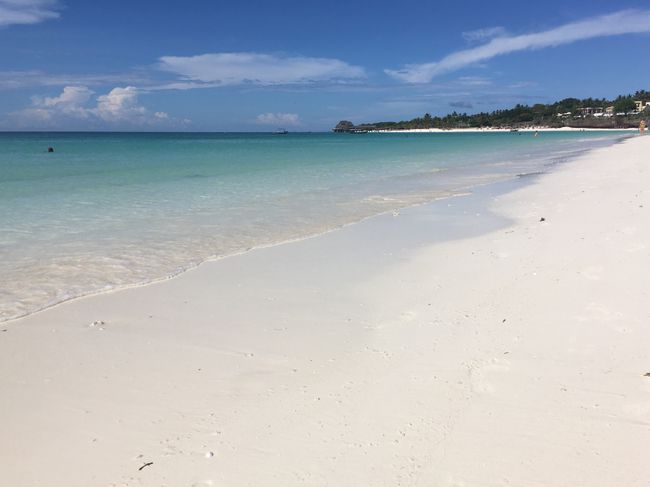
تقارير السفر تنزانيا
